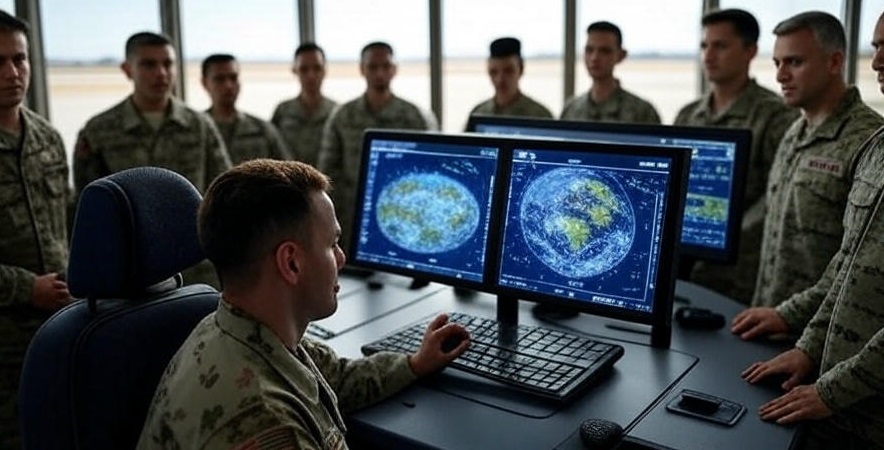
Modern security challenges demand innovative solutions, and artificial intelligence is becoming a key driver in air defense development. On May 20, 2025, the United States Air Force announced the successful completion of field tests for new AI systems designed to predict and neutralize threats in airspace.
Intelligent Early Threat Detection
AI enables real-time analysis of data from radars, satellites, and drones, identifying even minor anomalies that could indicate incursions or missile launches. Machine learning algorithms forecast trajectories of potential threats and recommend optimal response strategies.
Increased Speed and Accuracy of Response
Traditional air defense systems are often limited by human factors and processing delays. The new AI solutions reduce reaction time to a few seconds, allowing faster decision-making and deployment of countermeasures, significantly improving protection of critical assets and territories.
Integration with Cybersecurity and Network Systems
Beyond physical airspace protection, USAF AI systems are integrated with cybersecurity measures to detect and prevent cyberattacks on air defense infrastructure. AI networks facilitate information sharing across command levels, creating a unified “smart shield.”
Impact on the Future of Defense Technologies
Experts see these successful tests as a foundation for widespread AI adoption in military operations, including coordination with drones and ground systems. This approach aims to establish a multi-layered, adaptive defense system prepared for modern threats.
Ethical and Legal Considerations
Simultaneously, deploying autonomous AI systems raises issues of accountability and control. The Pentagon stresses strict adherence to the “human-in-the-loop” principle, ensuring human oversight over any lethal decisions.
Thus, the USAF takes a significant step toward digital defense transformation, showcasing AI’s potential to secure national sovereignty.
